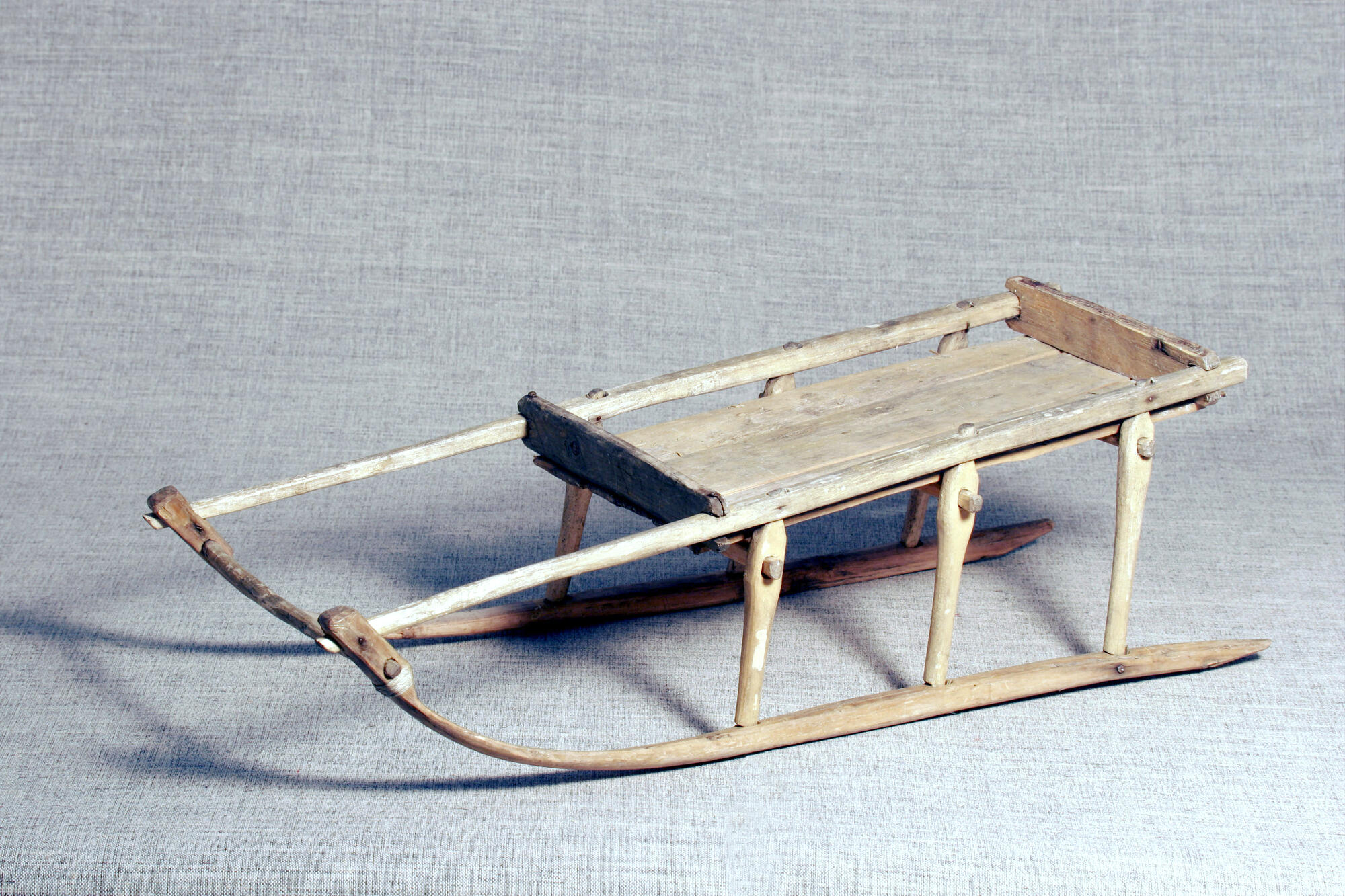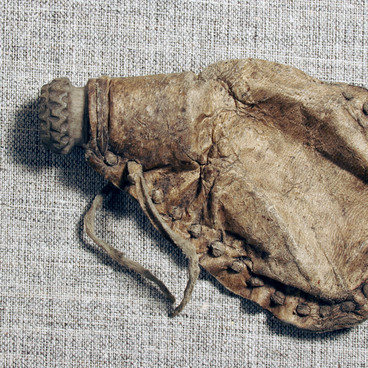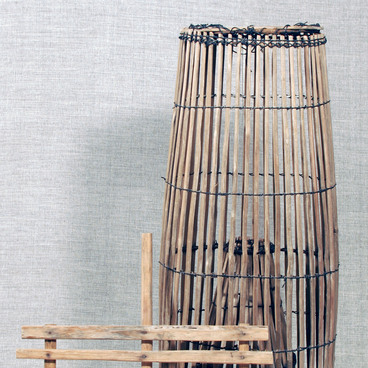Any time of year, to carry loads or relocate the NEnets use a team of harnessed reindeer and a ‘nArta’, long and narrow sledge. There are different types of sledges for passengers and loads. Passenger sledges in their turn are divided into male and female versions. They are smaller in size and usually carried by two reindeer, while sledges for loads are drawn by up to five animals. There also exist special sacred ‘nArtas’ where the NEnets store their sacred things and a box with ritual items. This sacred sledge always takes a special designated place in the Forest Nenets camp opposite to the entrance.
The technology of producing sledges is the same for all types, they only differ in length, height and width depending on their purpose. For instance, a male version is lighter than a female one and it is adapted for a fast ride. Usually there’s a gun, a lasso for reindeer catching, an axe and a grindstone carried inside. Because the construction is made of wood, its owner can easily replace any detail with the help of a hunting knife, no matter how far from the camp he is.
The main details of “narta” sledges are runners, stanchions and a bed for sitting or loads. Flexibility of the material they are made of prevents the sledge from damage, its elastic construction absorbs roughness of the road surface, so that one can comfortably ride it. The runners are massive, the stanchions are placed closer to the back part of a sledge, and it ensures motion-stability. The Forest Nenets sledges are smaller than the Tundra ones, there are three pairs of stanchions while the Tundra version includes four pairs.
“Narta” sledges are made of birch, fir or larch. They are steady and durable due to their design features and solid because of fixed coupling of details. Only wooden parts were used for this type of sledges until recently, but as modern materials became available, the Forest Nenets started using nails and wire too.
The male passenger “narta” sledge displayed in Gubkinsky Museum of the Development of the North exposition was provided by Tatyana Pyak, a Rychi-Yakha camp resident.
The technology of producing sledges is the same for all types, they only differ in length, height and width depending on their purpose. For instance, a male version is lighter than a female one and it is adapted for a fast ride. Usually there’s a gun, a lasso for reindeer catching, an axe and a grindstone carried inside. Because the construction is made of wood, its owner can easily replace any detail with the help of a hunting knife, no matter how far from the camp he is.
The main details of “narta” sledges are runners, stanchions and a bed for sitting or loads. Flexibility of the material they are made of prevents the sledge from damage, its elastic construction absorbs roughness of the road surface, so that one can comfortably ride it. The runners are massive, the stanchions are placed closer to the back part of a sledge, and it ensures motion-stability. The Forest Nenets sledges are smaller than the Tundra ones, there are three pairs of stanchions while the Tundra version includes four pairs.
“Narta” sledges are made of birch, fir or larch. They are steady and durable due to their design features and solid because of fixed coupling of details. Only wooden parts were used for this type of sledges until recently, but as modern materials became available, the Forest Nenets started using nails and wire too.
The male passenger “narta” sledge displayed in Gubkinsky Museum of the Development of the North exposition was provided by Tatyana Pyak, a Rychi-Yakha camp resident.



